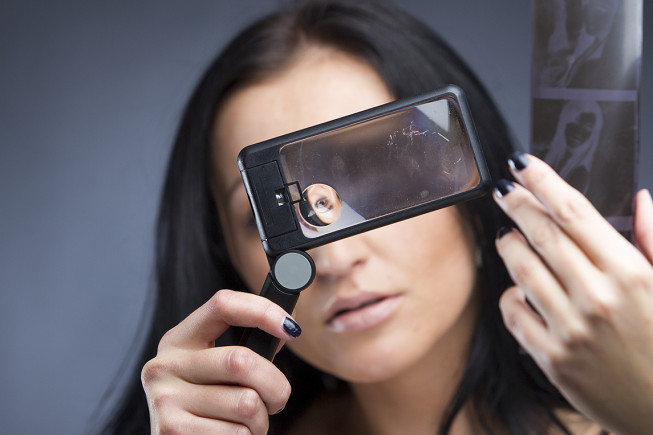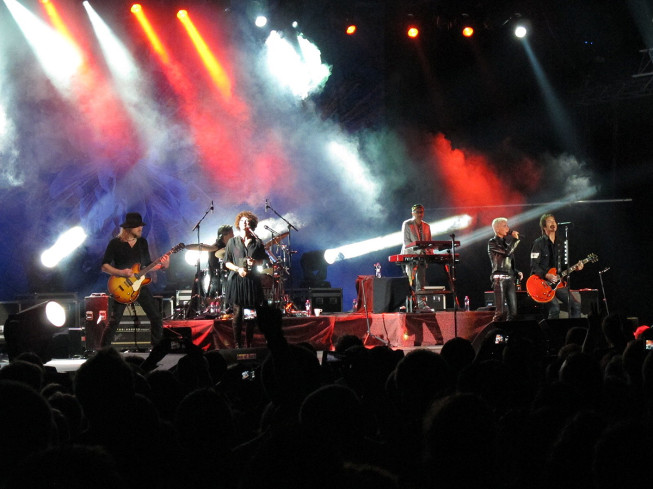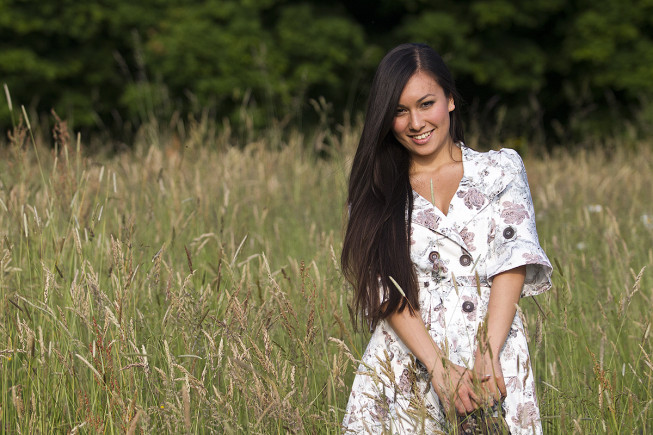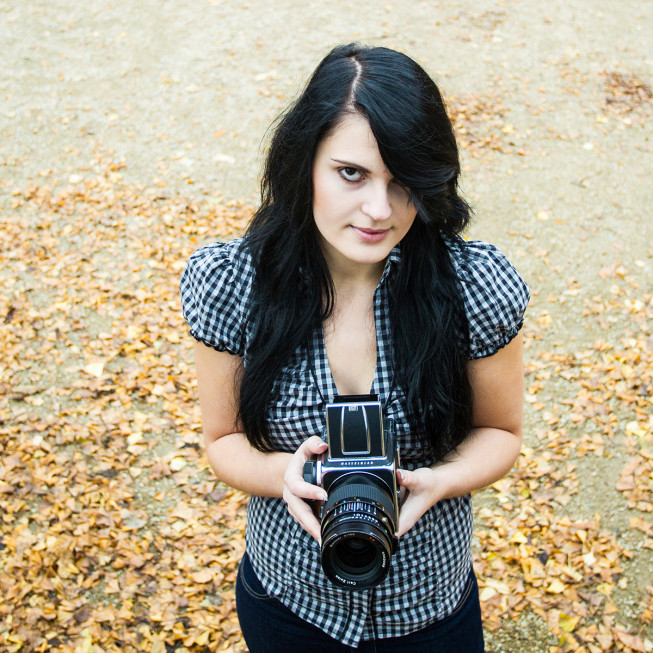5 Great Ways to Ruin Your Photos

Beginners’ mistakes are free. (Well, psychologically at least.) But you should still learn from them—even more than from your successes. And sometimes you can learn about them before they happen. So let’s take a look at photographers’ most common mistakes.
1) Crazy Composition
Composition is the first great stumbling block on a photographer’s race for excellence. This class of classic beginners’ mistakes includes everything from mindless center composition, to cut-off limbs, to objects “growing out of” subjects’ heads, to lopsided lakes and diagonal trees. All of this can ruin a photo. To improve in this area, take a look at our composition article.

Photo: Majo Eliáš

Photo: Majo Eliáš
2) The Wrong Gear
To be a photographer with the right stuff, bring the right stuff: the right camera, lens, and more. Without it, you’ll get a bad picture, or none at all. For example a telephoto lens used indoors just won’t work. (Unless you’re trying to take a detail shot of dustbunnies in the next room over.) The same also almost always applies for portrait photos taken with a wide lens. Doing this will make your subjects look like you took them to the Hall of Mirrors.
You can’t go wrong here by always having a 50mm lens with you. This lens can be used for almost every shot, it’s not bulky, and it’s not expensive. And here’s another safe, sure bet: a good compact camera—these make for for a great backup. Then there’s the tripod. Have one. Carry it with you whenever you can: you’ll get better composition and the luxury of low ISOs even under bad light conditions.

Photo: Majo Eliáš

Photo: Majo Eliáš
3) Failing to Check Settings
Another thing you need to do to get a good photo is use the right settings: time, aperture, and ISO. When time and aperture are set badly, you get an unsharp photo, or even a blurry one. And too-high ISO values give you noise-ridden, ugly pictures. It’s pointless for example to keep on taking pictures when you’ve left aperture at f2.8, ISO at 1600, and speed at 1/8000 on a sunny day: your pictures will suffer from unnecessary noise.
To get these settings under your thumb, just keep a few simple guidelines in mind. When you are taking pictures with a focal length of e.g. 50 mm, your exposure time shouldn’t exceed 1/50 seconds. With a focal length of 100 mm, your exposure time shouldn’t exceed 1/100 seconds. ISO, meanwhile, should be set as low as the light allows. Above all, always keep in mind the need to recheck settings when going from indoors to outdoors.

Photo: Majo Eliáš

Photo: Majo Eliáš
4) Getting It Wrong with Software
Excessive edits in software are a chapter all their own. Any edits in poor taste can ruin all your efforts as a photographer. Basically—less is more. And that goes double for software edits. Using too many filters or extreme values can have a very negative effect on the final picture.

Photo: Majo Eliáš

Photo: Majo Eliáš
5) Coming Unprepared
Check that your batteries are charged before you start taking pictures. And think about how many pictures you’ll be taking, because for a long enough shoot you’ll want a backup battery too. The same applies for memory cards. With cards, above all avoid forgetting them in the card reader. Also, if your camera has a feature that lets you take pictures with no memory card inserted, we recommend that you turn it off.
…To Err Is Human
Every art takes practice, and photography is no exception. Over time you’ll learn all the major “tips and tricks,” and make fewer and fewer mistakes. But sometimes you just have to make the mistake to learn from it. Don’t kick yourself when you do. And if anyone tells you they have never ruined a photograph with a mistake, they are either lying, or have never picked up a camera.